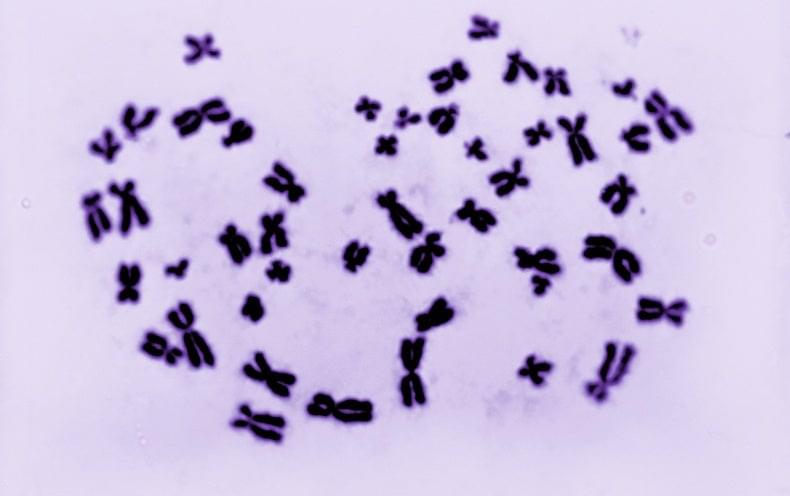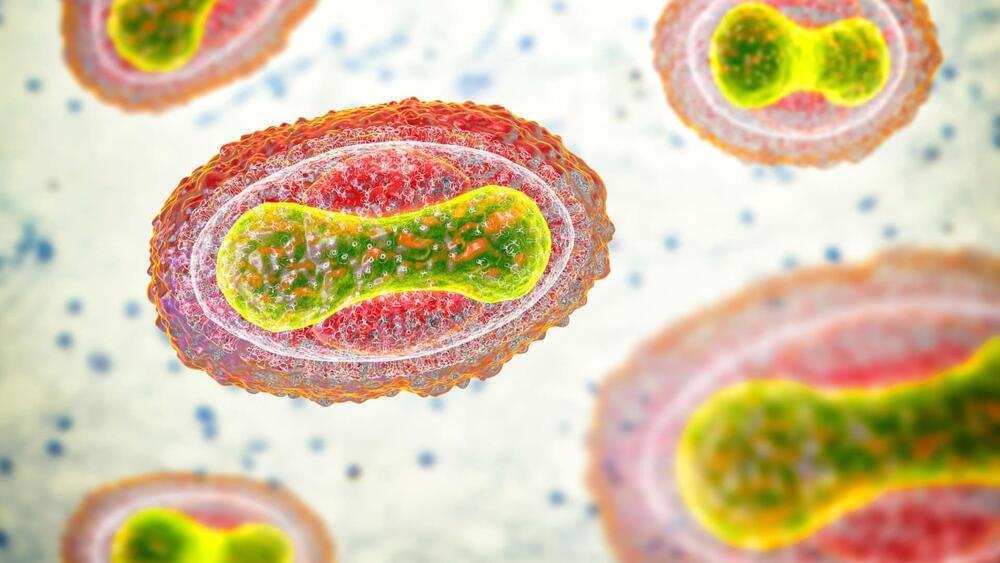Dec 27, 2022
Seemingly Magical — How To Fire Projectiles Through Materials Without Breaking Anything
Posted by Jose Ruben Rodriguez Fuentes in categories: nanotechnology, particle physics
Researchers at Vienna University of Technology have discovered why sometimes spectacular micro-explosions occur and other times ultra-thin layers of material remain almost intact when charged particles are shot through them.
It may seem like magic that some materials can withstand being shot through with fast, electrically charged ions without exhibiting holes afterward. This phenomenon, which would be impossible at the macroscopic level, becomes possible at the level of individual particles. However, not all materials exhibit this behavior. In recent years, various research groups have conducted experiments with varying results.
Vienna University of Technology researchers have been able to provide a detailed explanation for why some materials are perforated while others are not. This is of particular interest in the processing of thin membranes, which are designed to have tailor-made nano-pores that can trap, hold, or allow specific atoms or molecules to pass through.


















